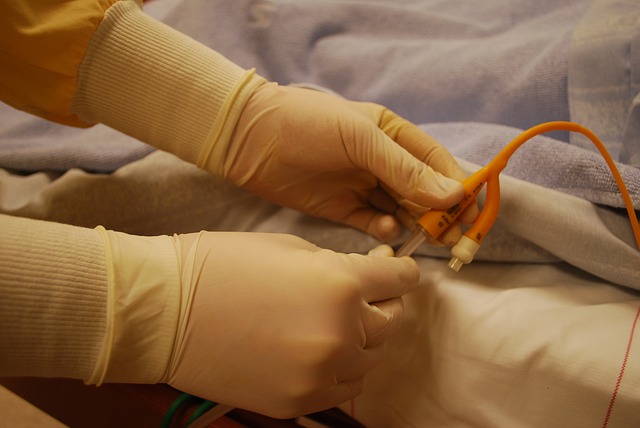When understanding what catheterization involves, it’s understandable how most patients find the concept daunting. Senior citizens, adults, or children can undergo catheterization due to bladder outlet obstructions and other urinary retention issues. However, it’s a common procedure among the elderly since they’re prone to developing these problems.
With that in mind, catheterization is a critical skill in nursing homes; that’s why it involves extensive training so nurses can perform the procedure safely while alleviating discomfort for patients.
What is a Catheter?
A catheter is a soft, hollow tube inserted through the urethra to penetrate the bladder, allowing the patient to relieve its contents. Catheterization is often essential for the following reasons:
- Relieve urinary retention;
- Withdraw a sterile urine sample;
- Empty the patient’s bladder before/during/after surgery;
- Continues bladder drainage for patients with urinary obstructions, erratic bladder drainage;
- Proper decompression of a distended bladder;
Not all catheters are designed the same way, though, and there are three types of urinary catheters you should know:
- Intermittent Catheter refers to a type of catheter that is temporarily inserted into the bladder for a short period, or at least up to the point when the bladder is empty of its liquids.
- An indwelling Catheter works similarly to the intermittent catheter, but it is left in place for a longer timeframe and held in place by a water-filled balloon. Patients with urinary incontinence, urinary retention, or who went through a recent surgery may need to use this type of catheter. Seeing as it’s placed in the urethra for a long time, the catheter needs to be changed every three months.
- Suprapubic Catheter is also left in place for long periods, but instead of being inserted through the urethra, a suprapubic catheter enters the body through a hole in your abdomen. This is reserved for graver conditions that prevent the person from using their urethra and will need to be changed every 4 to 12 weeks.
Catheter Aftercare
Nurses are trained to clean the patient’s catheter twice a day, and while anyone is free to do it on their own, medical professionals know how to do it better in one fell swoop. With that in mind, you can expect nurses to clean the catheter using a washcloth, mild soap, and warm water every morning and evening. Healthcare providers can also use this time to spot tell-tale signs of infection.
The Bottom Line: Dispelling the Fear Catheters Often Incite by Understanding How It Works and What to Expect
Catheterization can often be uncomfortable for your senior family members struggling with bladder problems, but you don’t have to worry about leaving them in suspended discomfort. Bridge Home Health and Hospice offers specialized programs that use state-of-the-art technology. At the same time, nurses are fully trained with all the right skills necessary to make the catheterization as comfortable as possible.
What Can We Do To Enhance the Health of Your Senior Family Members
Your elderly loved ones deserve to live the rest of their lives in comfort; that’s why our professional caregivers are committed to providing quality home-based patient care so they can stay on track with their daily needs in the safety of their personal space. Get in touch with our highly trained clinicians and therapists today at (800) 476-0043!

